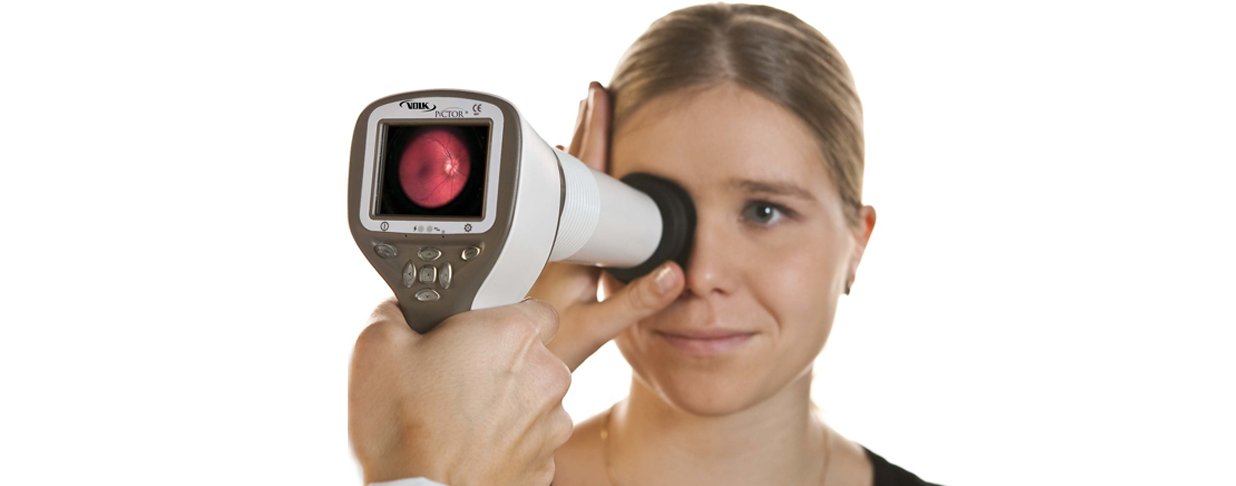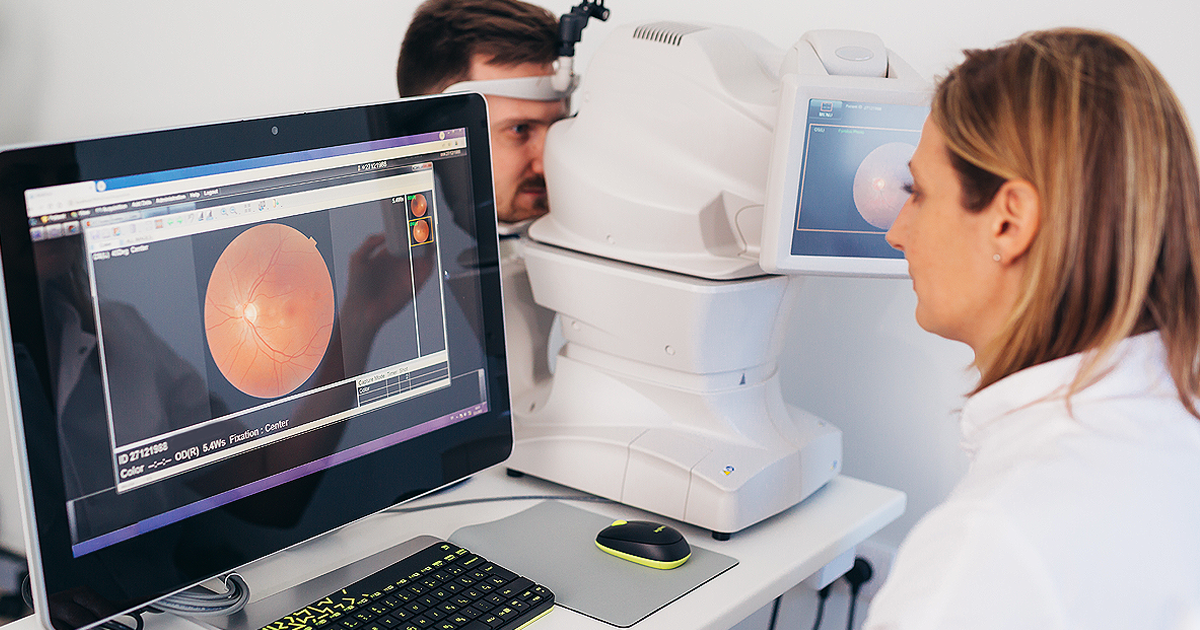Presbyopia is a common condition that affects nearly everyone over the age of 40—an estimated 128 million Americans.1 Though it’s a natural and gradual process, it can be frustrating when your eyes no longer function the way they once did.
Fortunately, there are plenty of ways to treat presbyopia with a variety of lenses. To learn about these options and more about presbyopia, we sat down with Anne-Marie Lahr, Director of Professional Development for Essilor Instruments USA and expert on all things vision-related.
What is presbyopia?
Presbyopia is the loss of the elasticity of the lens in our eyes as we age—in fact, the word “presbyopia” literally translates from the Greek as “old eyes.” When we’re young, the lens in our eye can change its shape and focus, making it easier to see things up close. But around the age of 40, most people notice that they need to hold something further away to read it. That’s presbyopia in action, and unfortunately, there’s no way to reverse it or prevent it.
How is presbyopia treated?
The good news is, there are several treatment options. The most common way to treat presbyopia is with a progressive lens, which changes strength to give you what you need up close and at a distance. If you’re nearsighted, the lens gives you progressively less power. If you’re farsighted, it gives you progressively more power.
There are also line multi-focals, which are either bifocals or trifocals which have a visible line in the lens. But every time the eyes skips over that line, it causes the image to jump, which can be bothersome. Plus, bifocals correct for distance and near viewing, but not that intermediate space such as when using computers and digital devices.
Why do people get frustrated trying to adapt to progressives?
When progressive lenses were first introduced, patients became frustrated trying to adapt to them. That was because every patient, whether they were nearsighted or farsighted, was given the same type of lens. The curvature on the front surface of the lens gradually steepened, which gives increased power but creates a little bit of astigmatism on the side of the lens.
This means that before today’s exacting measurement techniques and more sophisticated lenses, people would put on their first pair of progressives and perceive somewhat of a swimming effect in the periphery of the lens. To focus, it required them to use their eyes differently than they had been for the last 40 years.
With new designs that can be customized for a patient’s distance prescription, progressive lenses can now create curvature on both the front and the back of the lens so that there’s not as much astigmatism. This makes it much easier now for a patient to adapt to a progressive lens.
---------------
Varilux lenses are the #1 progressive lens brand—providing sharp vision at any distance.
Interact with our progressive lens tool and see how Varilux compares to standard progressive lenses.
To learn more about presbyopia and what you can do for your members, speak with your EyeMed representative or visit eyemed.com.
•••
1 “Meeting the needs of an aging America”; American Optometric Association; aoa.org; April 27, 2022.




